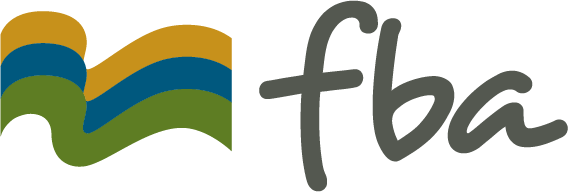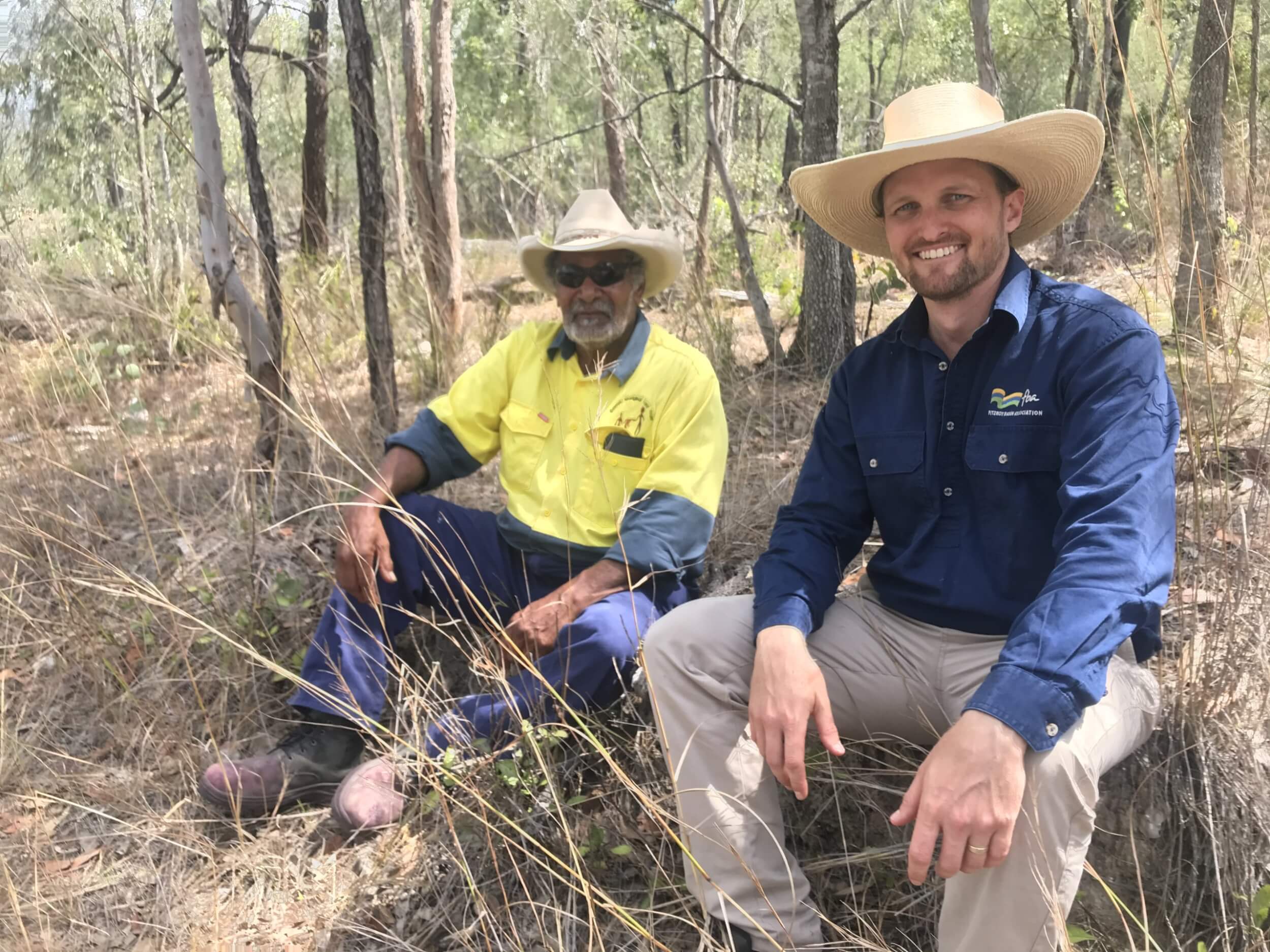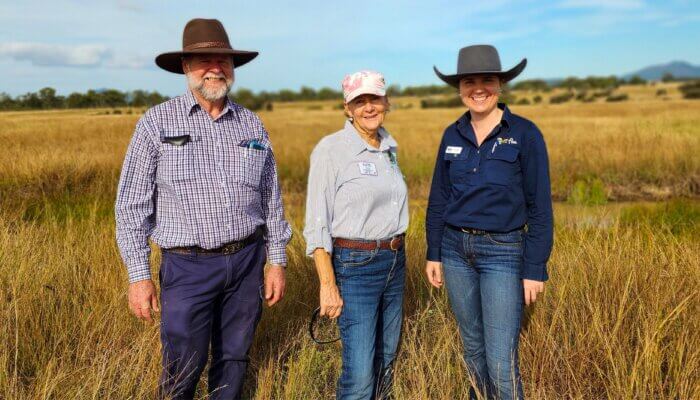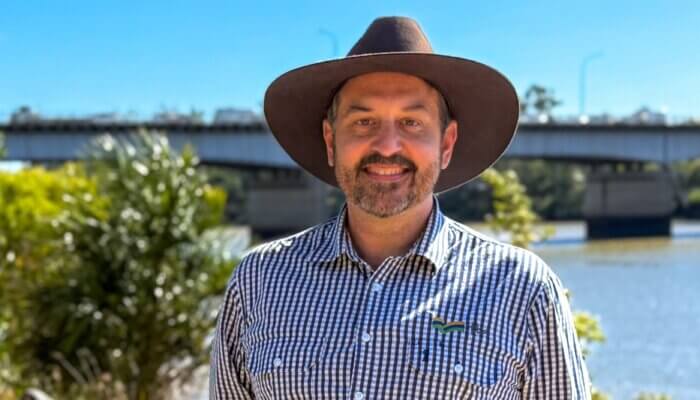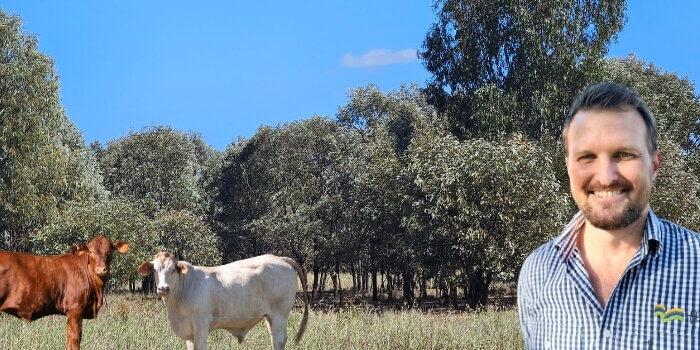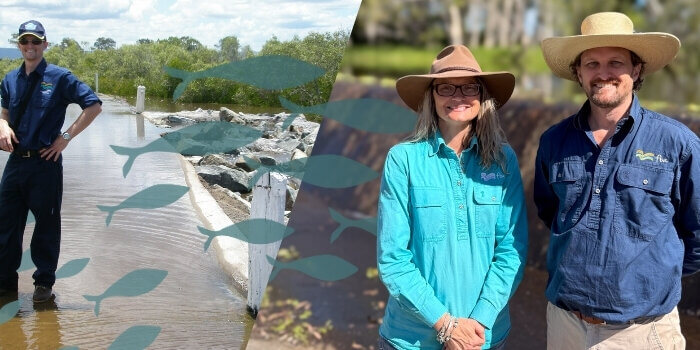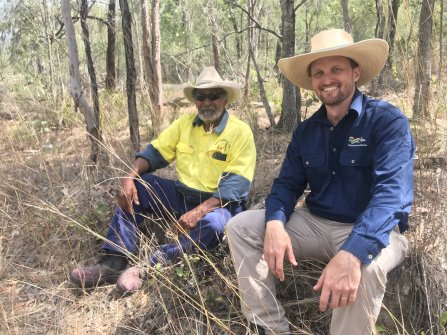
Traditional Aboriginal burning in modern day land management
Posted on March 18th, 2021
Within current Australian fire management, the discussion of risk and hazard reduction too often sidelines more all-inclusive understandings of fire as an indispensable and constructive element within connected landscapes.
Fitzroy Basin Association through funding from the Australian Government’s Regional Land Partnerships Program helped increase the meaningful involvement of Aboriginal people in natural resource management.
FBA in collaboration with the Queensland Emergency Fire Service (QFES) and Darumbal Elders helped to support training of five Darumbal and five Gaangulu People, so they have the right equipment and credentials to participate more in burning practices in our region and on their Country.
The 10 trainees were put through their paces, spending four days in the classroom hearing from QFES personnel as well as sharing their own experiences of technical and practical methods of fire management.
This final day of training was very exciting because they headed out to Gawula, an important site for the Darumbal People, with the support of many volunteers and organisations to get the concluding hands-on experience and training of burning in the bush.
Indigenous fire ecology training is important because they hold a lot of knowledge of fire management in the landscape and how to sustain the important species that are on their Country, but also that they get the right training to go out and do burning in a legitimate way following all the laws and methods in that type of practice. The Indigenous Fire Training Program also provided a unique opportunity for Traditional Custodians to share their knowledge of fire, with instruction on mosaic burning techniques, using fire to manage pasture, seasonal burning and the importance of monitoring burn frequency and intensity.
